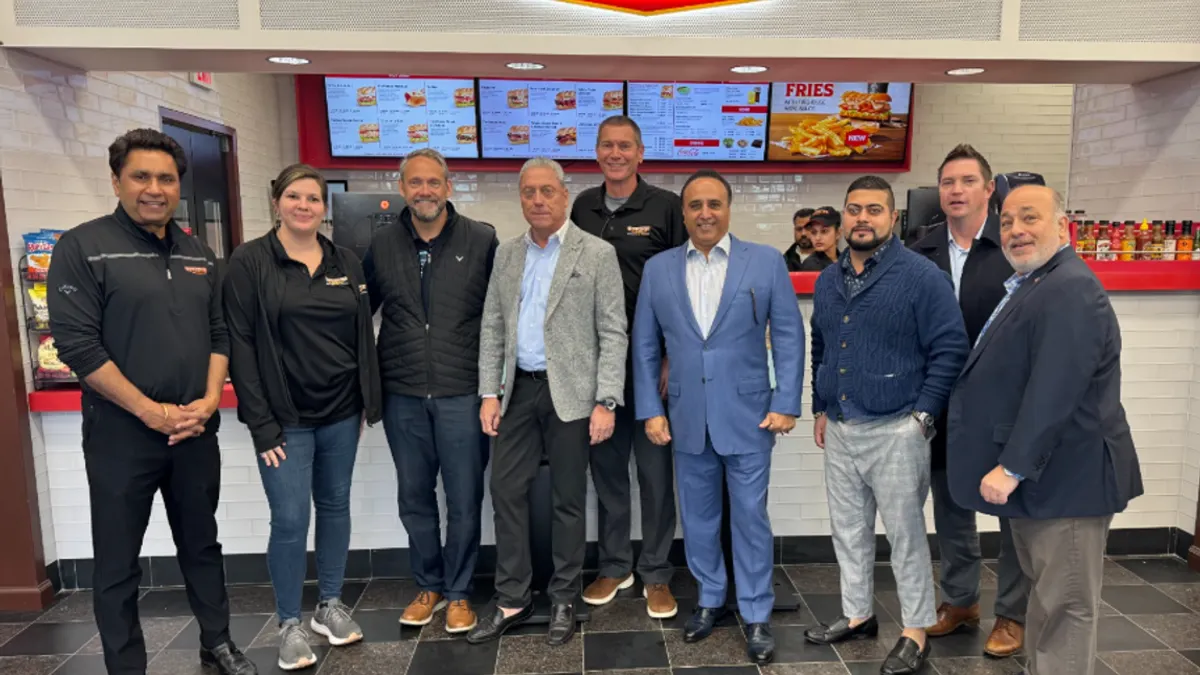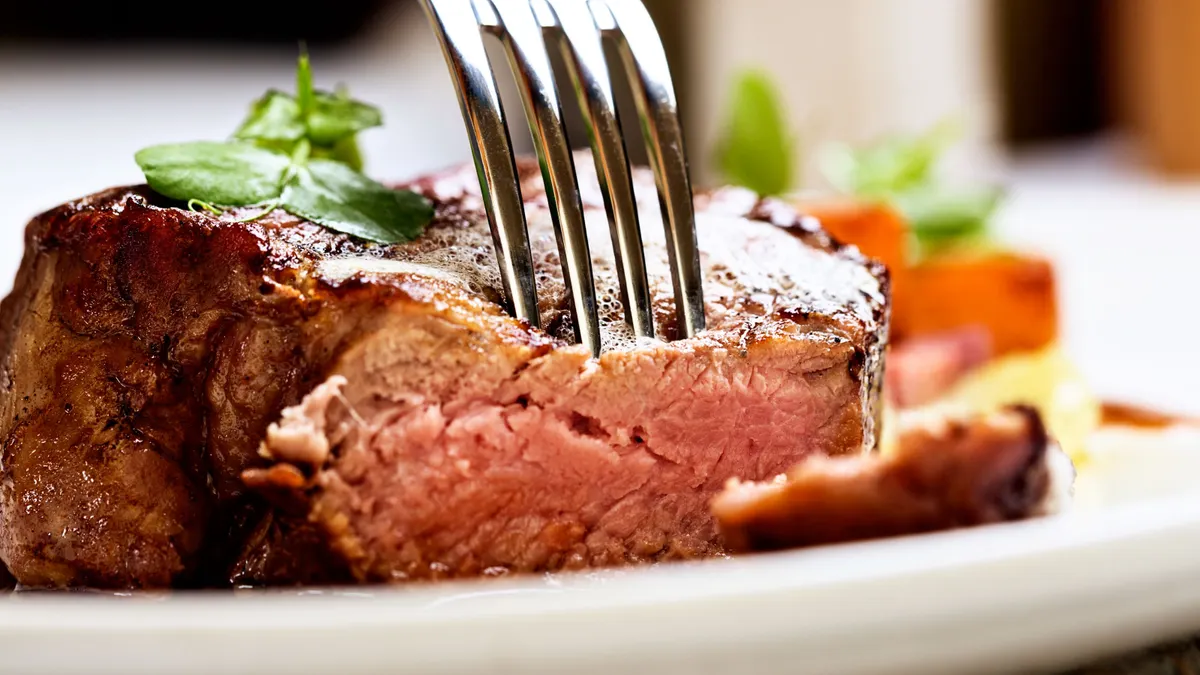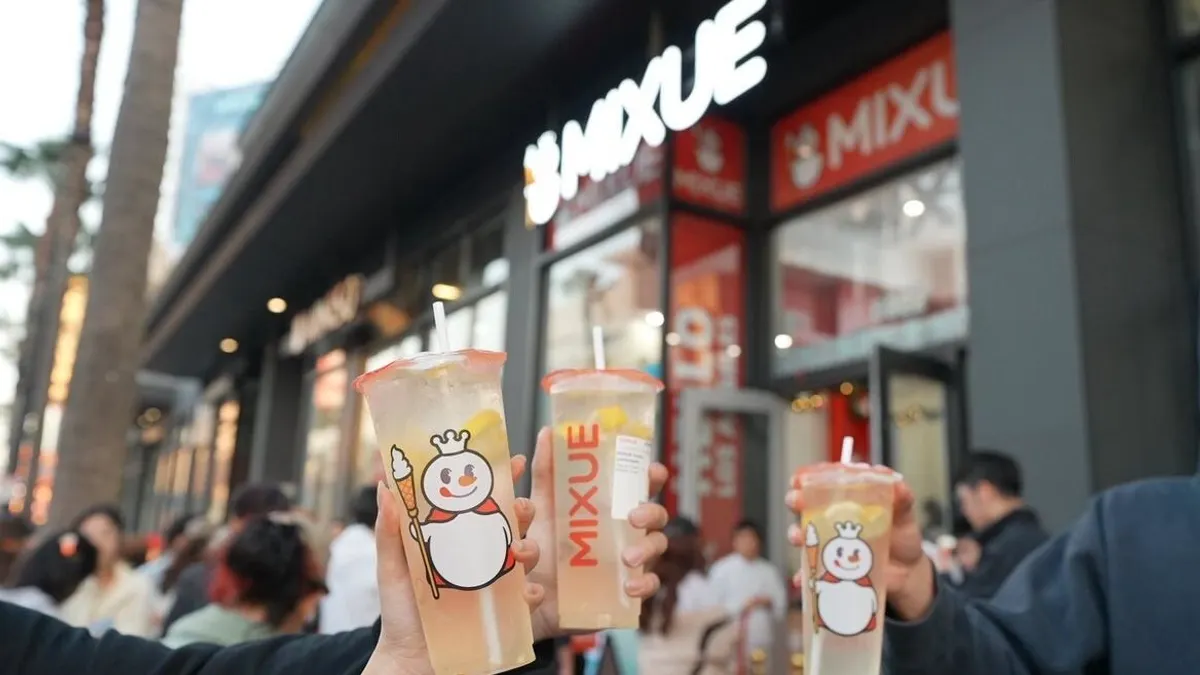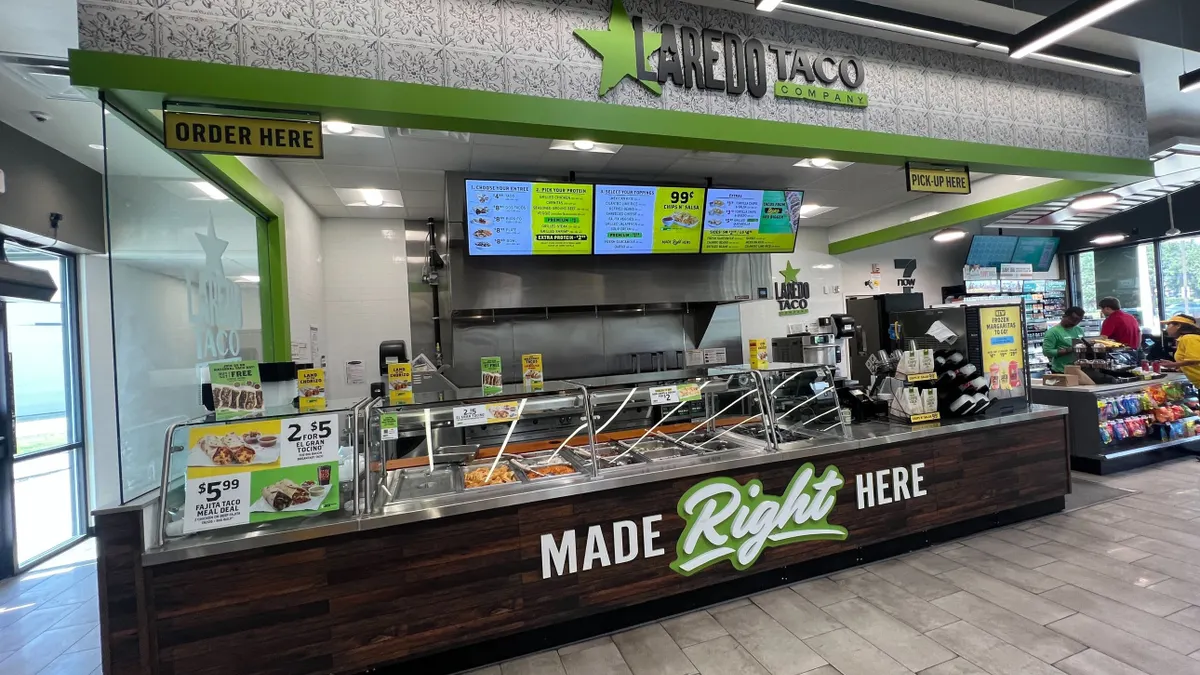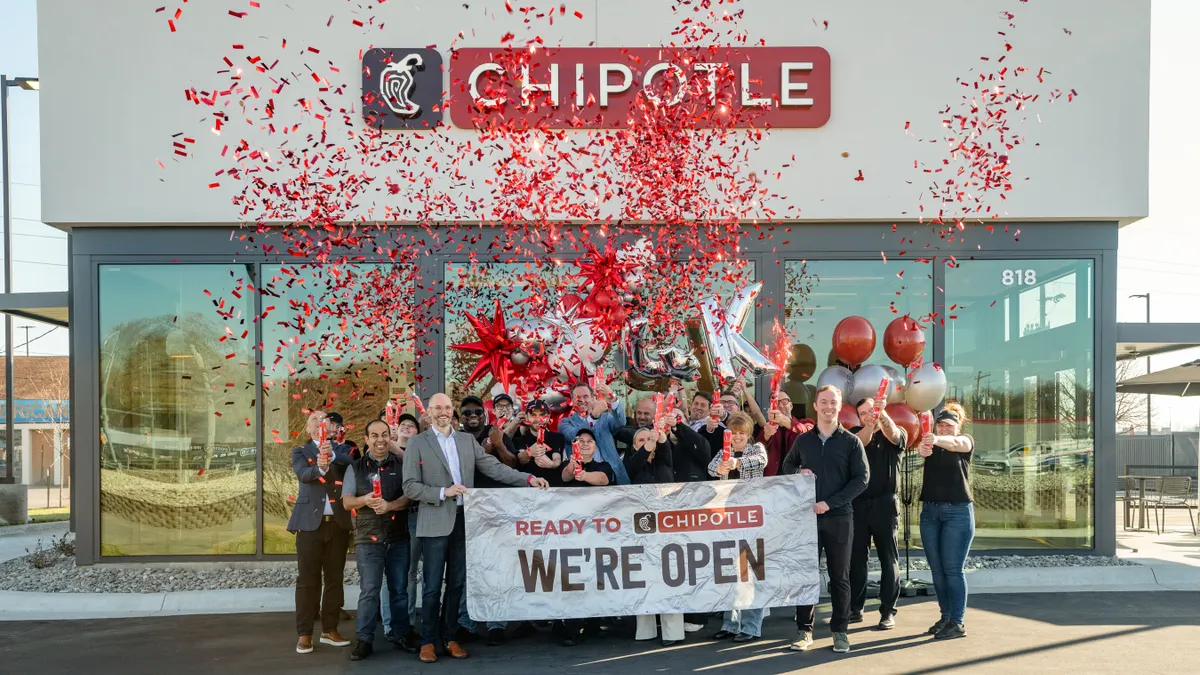The following is a guest post by Shauna Moran, insights analyst at GWI.
It's clear that restaurant brands' digital channels are now more than just a COVID-19 crutch, especially in the QSR and fast casual dining segments. Instead, they are part of the sector's DNA, and have even surpassed physical restaurants in popularity in some parts of the world, largely due to the traction of restaurant mobile apps.
New GWI research points to increased online ordering during pandemic lockdowns. Across the U.S., U.K., France and Germany, the number of consumers ordering takeaway food via the internet increased by 16% between Q1 and Q3 2020.
And while many QSRs struggled in the initial stages of the pandemic, digital-first brands like Domino's and Papa John's have seen year-over-year increases in the number of consumers visiting or buying from them. As such, it's also easy to see why ghost kitchens have become a main pillar of the QSR segment. Just look at hot dog chain Nathan's Famous, which already launched 100 ghost kitchens in less than one year and has announced plans to launch 100 more.
But it's important not to get carried away. Across these markets, even after a year of COVID-19-induced lifestyle changes, in-person ordering is still the default — particularly in the U.S. The additional fees attached to online ordering make drive-thrus and on-premises dining attractive.
Digital channels promise to enhance, rather than undermine, brick-and-mortar locations
Even in the U.K., where online ordering was the highest, it's far too soon to neglect traditional channels, especially as once digital-only brands like Amazon move to expand their physical footprint there. Chipotle has already integrated its Chipotlane into hundreds of locations, with more to come — though it should be noted that this channel is digitally integrated for mobile pickup orders.
Burger King is piloting a program that uses Bluetooth to identify loyalty program members in order to display their favorite orders on menu boards as they drive by — another illustration of how the on-premise restaurant experience is evolving, not dying out.
Ultimately, these integrations are in high demand. Our research characterizes takeout eaters as tech savvy. They have an above-average tendency to own the latest tech products and are more likely to feel in control of their personal data online.
Rather than debating whether virtual channels are overtaking traditional ones, QSRs should focus on how the two avenues can complement each other, especially in countries where consumers keep arriving by car and on foot.
The fast food experience is often imagined as functional. Take a moment to picture a takeout eater. It's natural to visualize a busy worker on the go, wanting quick food at a low cost. Yet, takeout eaters shouldn't be lumped together under a description as general as this. The way takeout eaters typically place an order is a good indication of whether they match this stereotype — or not.
For brands clued-up on the ordering habits of their customers, our data sheds light on why they order fast food and their main reasons for choosing one QSR over another. Many who say their go-to mode of ordering is via the internet will also order in-person, and vice versa.
But this analysis helps us pinpoint the main areas of differentiation between those who have a clear preference.
Age accounts for some of these differences, but not all. A greater percentage of baby boomers usually order in-person rather than online (52% versus 16%), for example. But by the time we get to Gen Z, ordering tendencies are relatively balanced (38% in-person versus 46% online).
A higher portion of Gen Z consumers typically order in-person more than millennials do, so we can't assume the physical restaurant will fade with each generation. QSRs just need to ensure this experience continues to progress alongside its digital alternative.
Compared to their online counterparts, in-person takeout eaters are much more likely to choose a QSR based on the cost of a meal and its level of convenience, as a higher number order fast food when they're short on time or on the move. They also demonstrate more brand loyalty and are less willing to exchange their personal information for free services. Loyalty schemes are therefore an especially good tactic for in-person takeout eaters, but any app-based program needs to be coherent about how and why they collect data.
At a surface-level, this group conforms most to our traditional understanding of a takeout eater, as particularly eager to save time and money. They come for the food, not the atmosphere.
On the other hand, online takeout eaters are harder to please. They're more fickle and likely to choose a QSR based on discounts or rewards. Entry into competitions, exclusive content, and live chat boxes are also stronger purchase drivers within this group.
When it comes to their motivations for ordering, wanting more variety, socializing, and celebrating special occasions stands out. These diners don't want food to be just filling, but also adventurous and enjoyable.
Being more interested in plant-based diets and willing to pay a premium price tag, these online orderers are 20% more likely than in-person orderers to say they'd spend more on an eco-friendly version of a product. For these reasons, third-party websites and QSRs who conduct a large part of their business online should pay increased attention to matters of social responsibility and aim to diversify their menus.
Companies will benefit from changing consumer perceptions of takeout food — from greasy to nutritious and from irresponsible to sustainable — creating a health halo for their brand.





